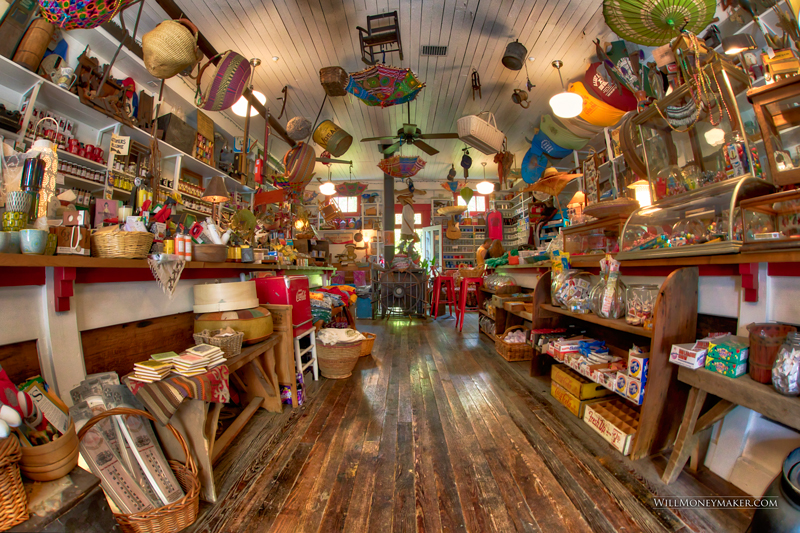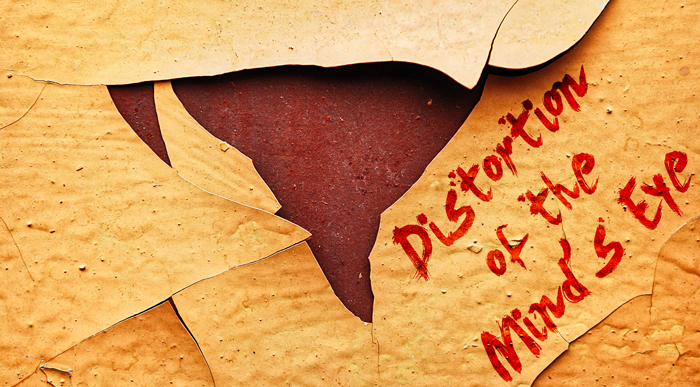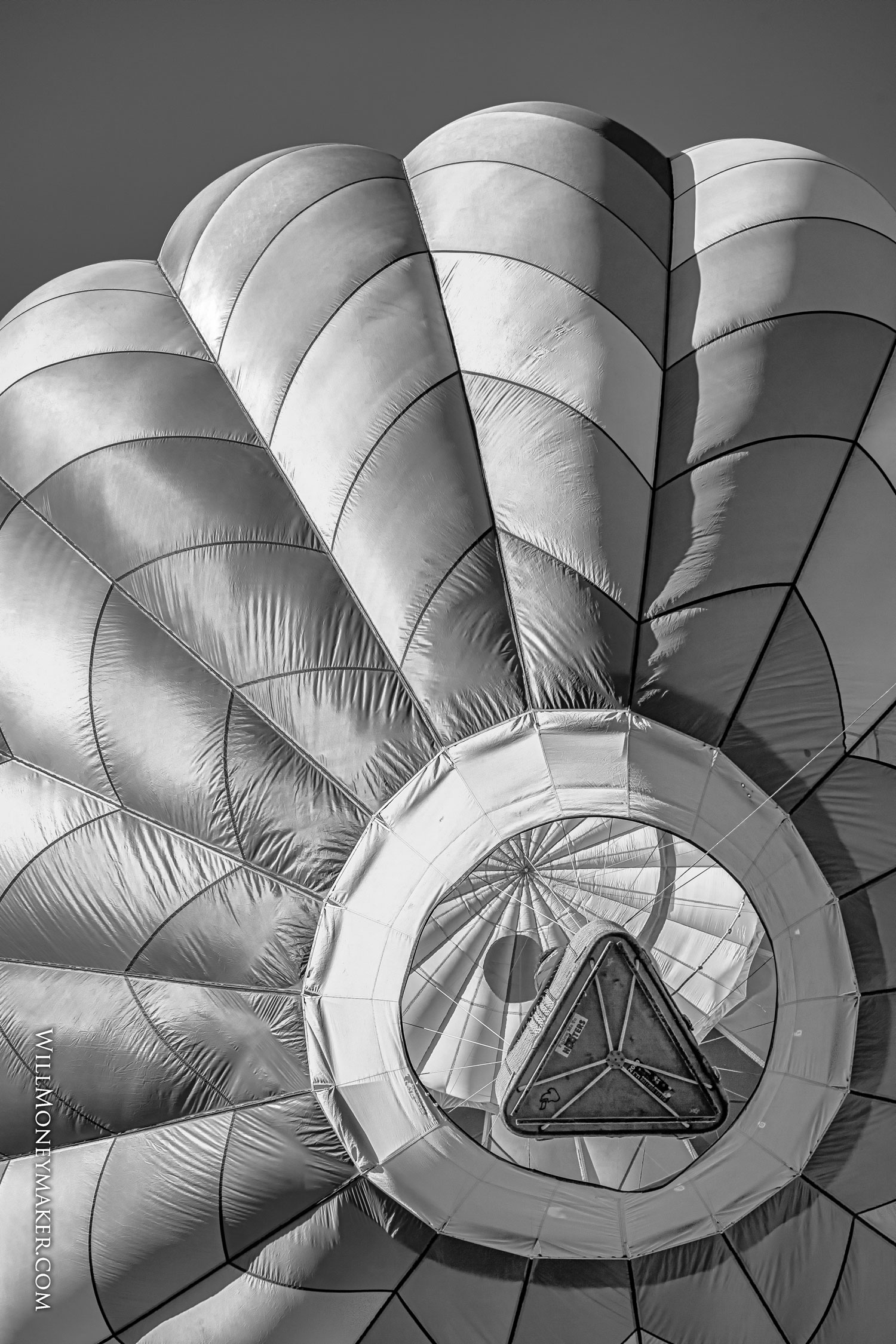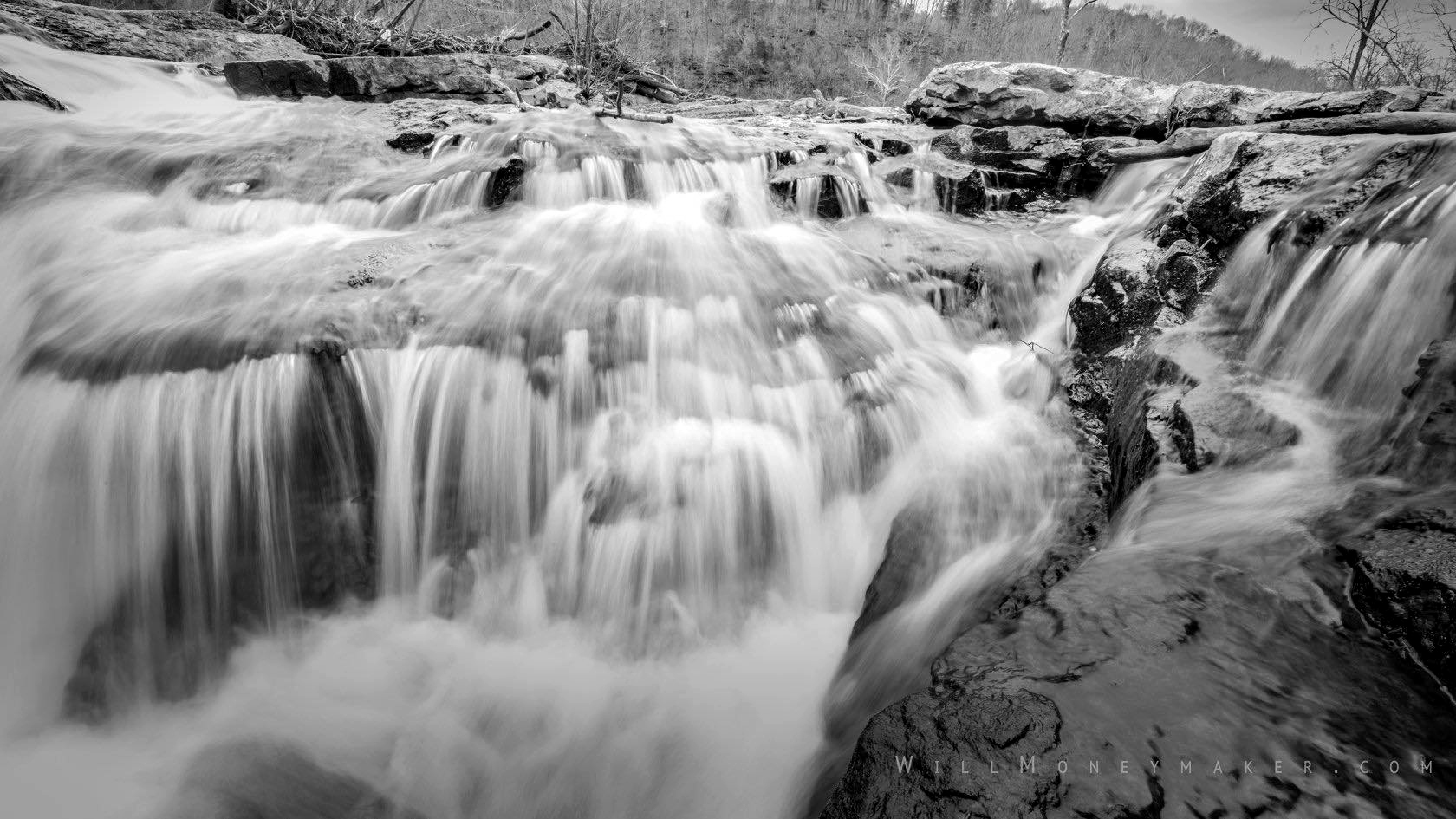There is a strange phenomenon, something that happens to all photographers, though you yourself may not have noticed it. I know that I did not notice this until it was pointed out to me. That phenomenon is the way that the mind’s eye tends to distort your own photographs. Your perceptions of your photographs, your memories of them, often aren’t exactly what the photograph actually displays. You may remember colors differently or you may see the image in the way that you want to see it. Sometimes, you are blinded to things within the photograph that perhaps don’t need to be a part of it.
In a nutshell, the image just isn’t what you imagine it to be.
Let me give you an example. Let’s say that you’ve done some nature photography and you’ve captured a beautiful shot of a mountain lake. You look at the image and you are quite proud of it. You struggle to find glaring faults with it, though there are probably a few details you’d like to change – no photographer is ever 100% satisfied with any image!
However, another person may look at this particular image and think that the tree branches that crept into the lower corners of the frame are distracting. You, yourself, may not even notice them because you are so thrilled with other parts of the photograph. Or, perhaps you are taken with the memory of that day. You remember the way the sunlight warmed your back as you looked out over the sweeping vista and tree branches were the furthest thing from your mind.
And it isn’t just the tree branches. Maybe, to you, the blue of the sky is a bit bluer. The water seems to sparkle a bit more. In your mind’s eye, without looking at the image in question, you may have an entirely different image than what actually exists.
Now, if this image belonged to someone else, you’d almost certainly seize on those tree branches – or you may notice other things about the image, both good and bad, that the photographer does not.
Why is this? It is because when you look at the image of another, you are not looking at it through the lens of your mind’s eye. You are seeing what is actually there. Because you did not make the image, did not experience the photo trip, did not do the post-processing, and did not partake in the millions of small tasks that go into creating a photograph, you have no experience base from which to form preconceived perceptions of the image. Thus, it is more likely that when you remember the final product, you will remember something close to what actually exists.
An important thing to remember is that it is not always true that your perception of your own images is distorted in this way. Sometimes, you can remember a photo with close to perfect clarity. Other times, not so much.
And that is why I bring this phenomenon up. When you can recall your images down to the detail, it means that you have done an excellent job of portraying exactly what you want to see and none of the things that you did not want to include in the image. The colors are just right, the composition is what you want. In other words, you captured, on photographic paper, the art that you saw in your mind.
But when a photograph does not match with the image in your mind’s eye, what do you do? As always, seek to improve your techniques and methods. To that end, I have a quick exercise for everyone to try, something that can help you see where the disconnect is between the image in your mind and the one that actually exists. Try it for yourself – you may be surprised at the results!

Writing Essays from Memory
If you want some insight as to how your mind may be distorting your memory of your own images, then pick out an image, any image that you like, and sit down to write an essay about it. The trick is to not look at the image first. Instead, sit down at your computer or grab a sheet of paper and just start writing from memory, everything you can think of.
Choose a word count so that you can keep the experience brief – 200 words, 500 words, whatever you think you will need to adequately describe the details of the image.
As you write, simply describe the image with as much detail as possible. Don’t let emotions, parts of the photo making experience, or other things not directly related to objects in the actual image creep into your description. Simply describe colors, composition, and elements within the image.
 You could say, for example, that the horizon rests on the bottom third of the photograph. A mountain rises to the halfway mark on the left. The sky is deep blue, darker at the top than at the horizon line. There are three trees next to the lake at the center of the foreground. This is the kind of description that you should aim for – just facts about the things that can be seen in the image, not feelings, descriptions of techniques, or anything else.
You could say, for example, that the horizon rests on the bottom third of the photograph. A mountain rises to the halfway mark on the left. The sky is deep blue, darker at the top than at the horizon line. There are three trees next to the lake at the center of the foreground. This is the kind of description that you should aim for – just facts about the things that can be seen in the image, not feelings, descriptions of techniques, or anything else.
Once your description is complete, take it and compare it to the actual image. See what things were left out of your description, what colors or details you got wrong. You’ll quickly see how your mind, your memory, distorts your perception of your own image.
To complete this exercise, repeat this process with someone else’s image. It could be your favorite work from a famous photographer, something you saw in a gallery, a friend’s image that you love – anything. Write a description and see what happens. Chances are, you’ll get less wrong about someone else’s image simply because you do not have that mental blind spot toward it, the blind spot that is created by your own involvement in the production of your photographs.
This is an exercise that is not only fun and fascinating but one that is helpful to repeat periodically. Track your progress – the more accurate your descriptions become over the course of time, the better you are becoming at documenting the vision you hold in your mind’s eye.





